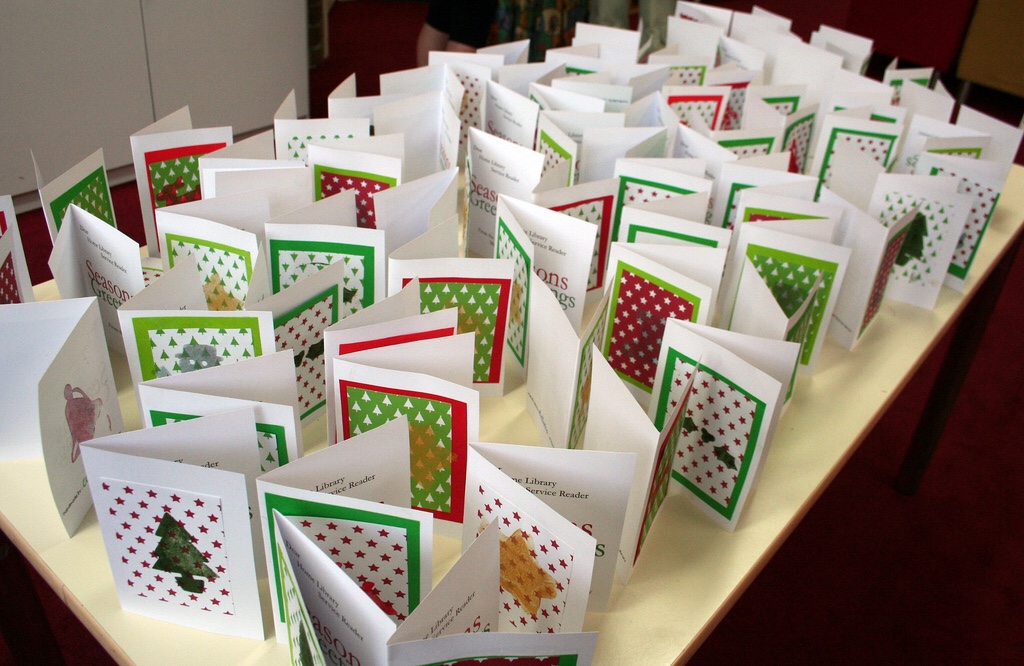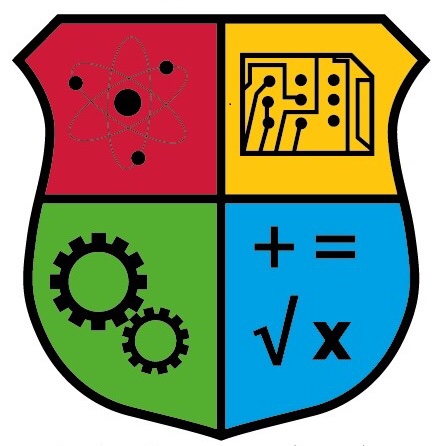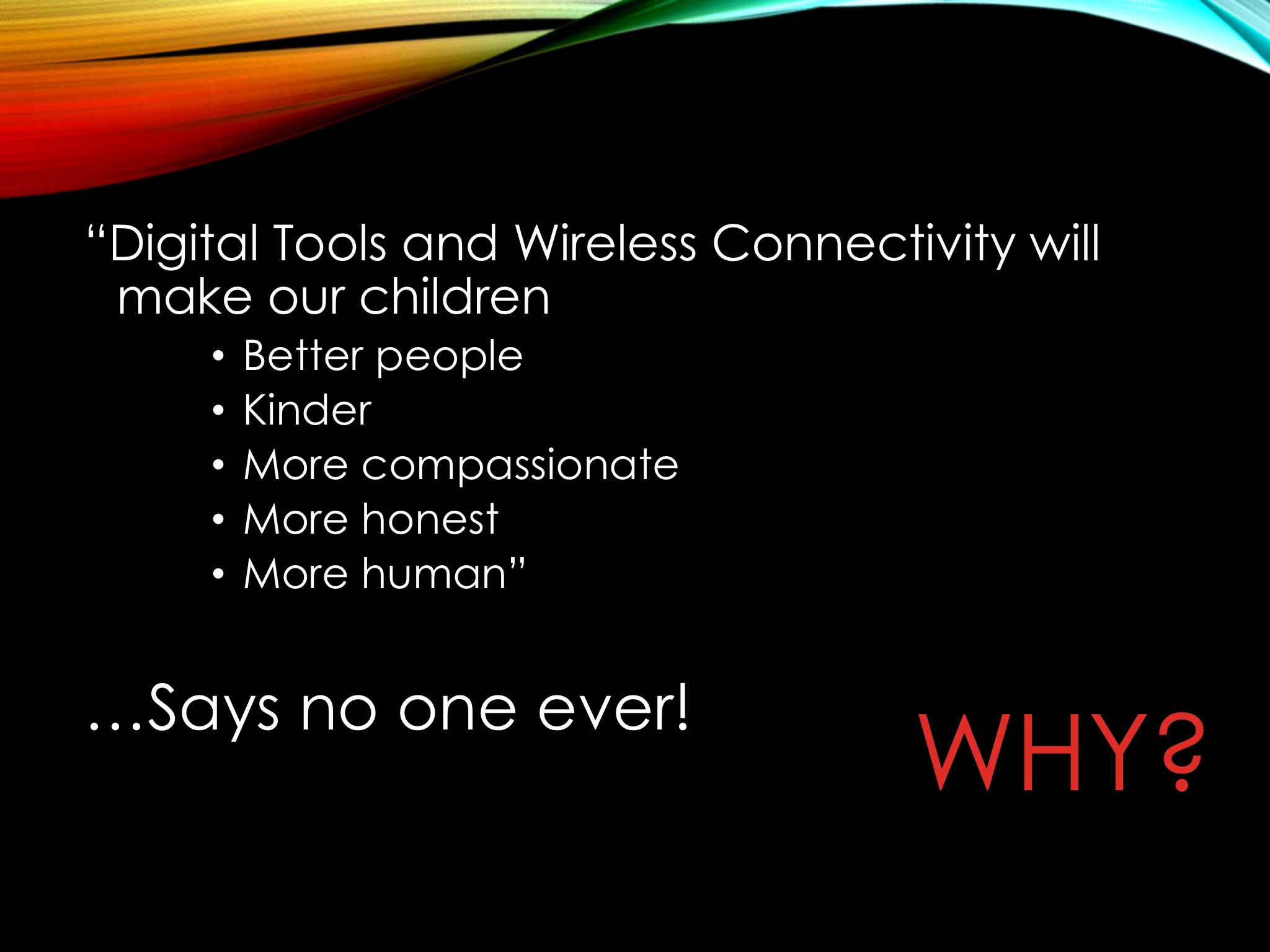Before I begin this post, I have to ask a question based on the title. Why is the song called “Do You Hear What I Hear”? This is the opening line of the second verse of the song, not the first, and that verse is not more central to the theme than any of the other verses.
Today's post is a bit of a failure all around. I wanted to talk about voice to text and how it fits in with education and life in general. To match form to subject, I intended to dictate the entire post and publish it, warts and all, to display the current ability and accuracy. However, when I started dictating into my iPhone, I immediately started having problems. The app kept stalling after a sentence or two, and eventually I became so frustrated that I gave up.
This certainly points to the first point that I was going to make. As convenient and time saving as this function seems to be, every time I've used a speech-to-text application, it has always been just about good enough. Nine out of ten words would be fine, but that tenth word would be wrong, and no matter how many times I erased and re-pronounced the word (like vacuuming over and over the same paper clip) I couldn't get it right. Sometimes almost good enough is worse than bad. Today's mishap is another example of the same problem. I could probably spend an hour and figure out what is going wrong, but I will have this written using a keyboard in half that time.
The other concern was going to be my focus. Dictation is a very different creative process from typing. I have a great deal of difficulty composing by speaking. I like to watch words on the page and craft sentences as I go (in fact, one of my deepest darkest secrets is that I start everything I write, whether it's be an article or a talk by working on a legal pad…yes, paper). Speaking doesn't seem to have any of these qualities. I can speak extemporaneously on topics with ease, but it doesn't work in writing.
Now, here is the question I wonder about with any change like this. While I know that this doesn't work for me, I don't know how it will work with the minds of our children. Just because I'm this way doesn't mean that people will always be this way. Perhaps in the future the mind will be developed to compose on the go and to put this into writing through speech. Maybe by this time voice to text programs will actually work.
As always, I welcome your comments.









